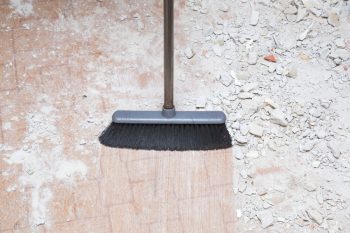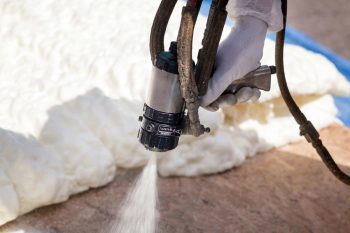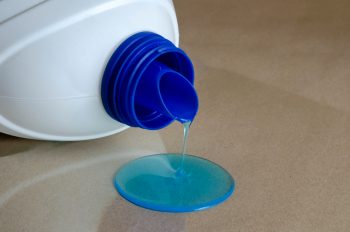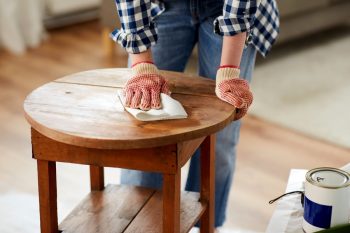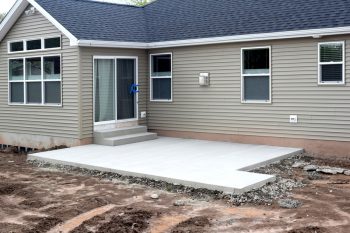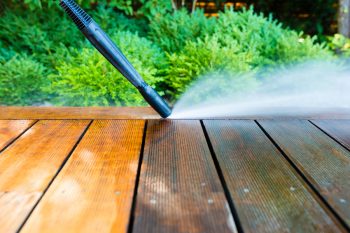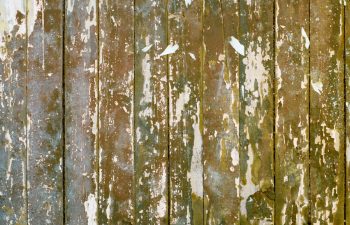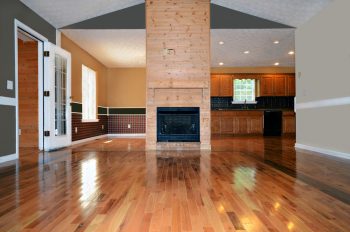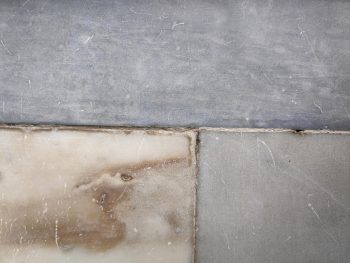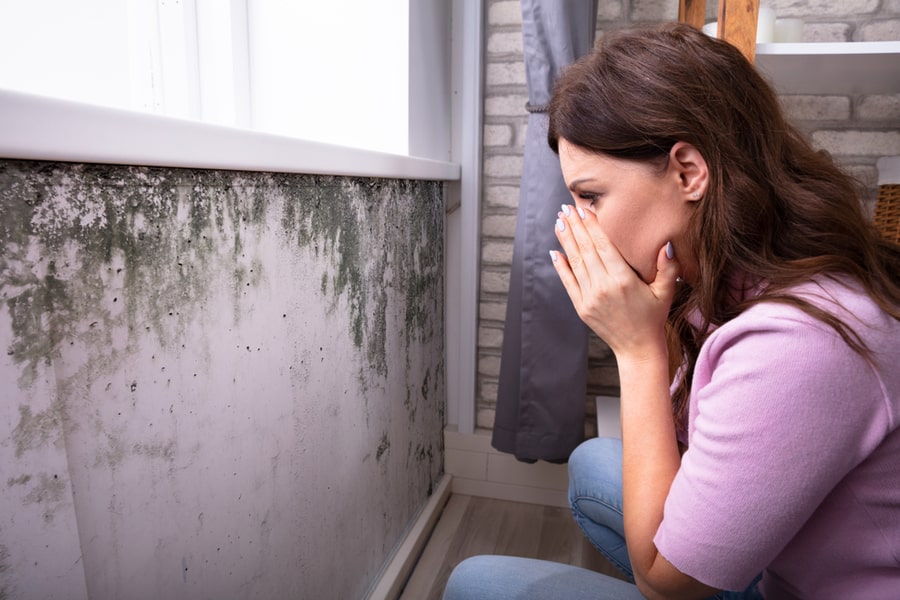
Have you ever noticed the brown smudged, and yellowed spots on the wall?
If yes, you may have mold.
Everyone wants to know how to remove mold, but some people don’t know where it came from or even how to get rid of it.
Mold is caused due to moisture from a water leak or condensation from humid indoor air, which produces mold spores. The color spots can be easy to spot, especially when they appear on a bright contrasting pattern, such as brick or concrete.
But how do you remove mold from inside walls? Here are some steps:
- Identify the affected area of your wall.
- Cover the affected areas with a plastic sheet and leave the area undisturbed overnight.
- Wash away mold using a brush, vacuum, or broom.
- Scrub away mildew with a nonabrasive cleaner that is labeled for mold removal.
- Rinse and dry the area thoroughly to prevent mold growth.
Mold removal can be messy and involve many steps, but with some planning, you can save your home from mold growth and keep it healthy with these easy steps.
Whether you already have the problem or plan on a remodel, knowing how to remove mold from walls will save a lot of headaches and trouble.
So, you want to know how to remove mold from walls. Keep reading as this article outlines the 10 easy steps to remove mold from inside walls.
10 Easy Steps To Remove Mold From Inside Walls
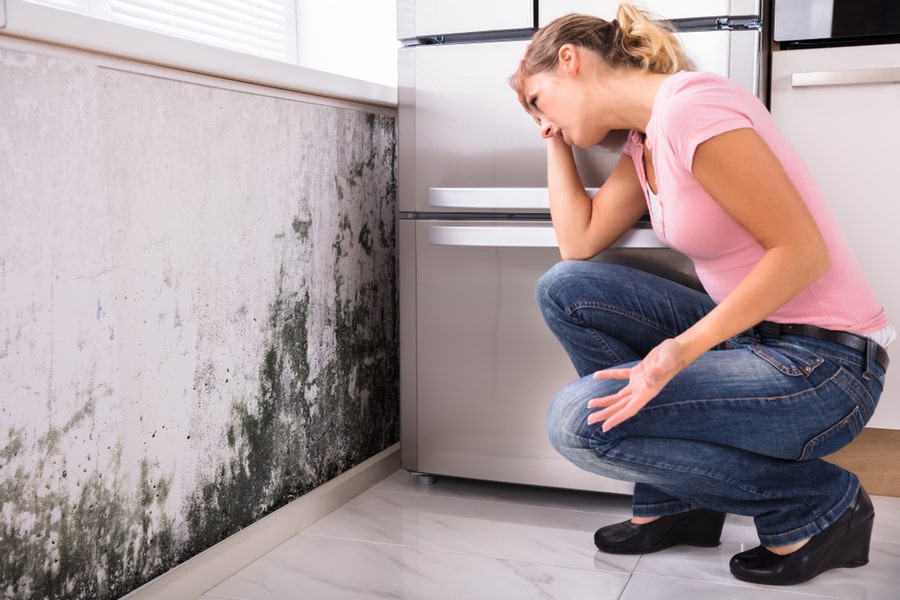
If you live in an older home and realize that you have mold growing in your walls, there are some easy fixes to remove it.
Follow these 10 steps and learn how to remove mold from inside walls by yourself:
1. Find the Mold Spot
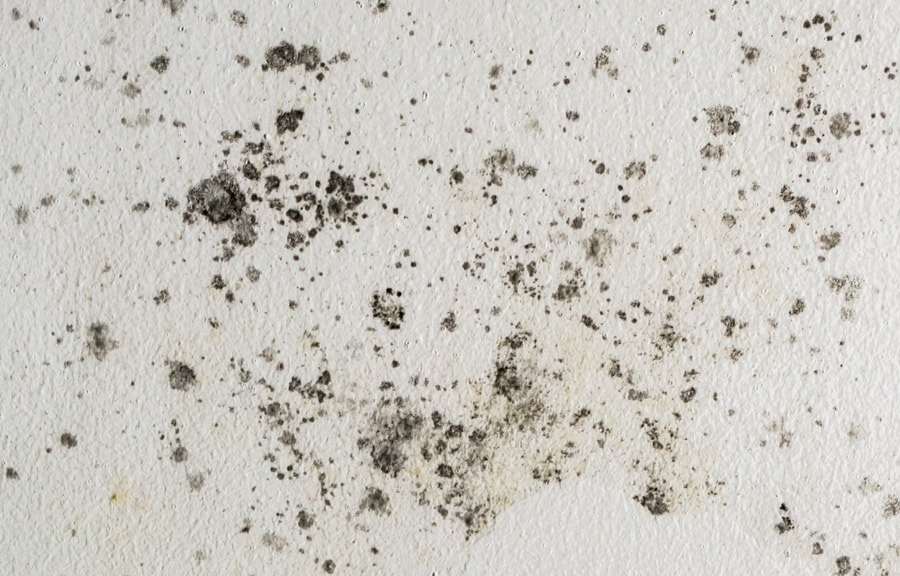
Mold is usually a fungus that grows on damp surfaces, and it’s typically found in bathrooms, kitchens, and basements.
It’s also associated with indoor air quality problems because it can release spores and settle on furniture, clothing, carpeting, and other surfaces.
Mold can grow in and around your walls, including plaster and drywall cracks.
To find the mold spot, look for discolored or black spots that may have existed for a long time.
You’ll see them if you look closely at the wall. Mold spots can also be on the ceiling, windows, and doors.
2. Get the Right Tools
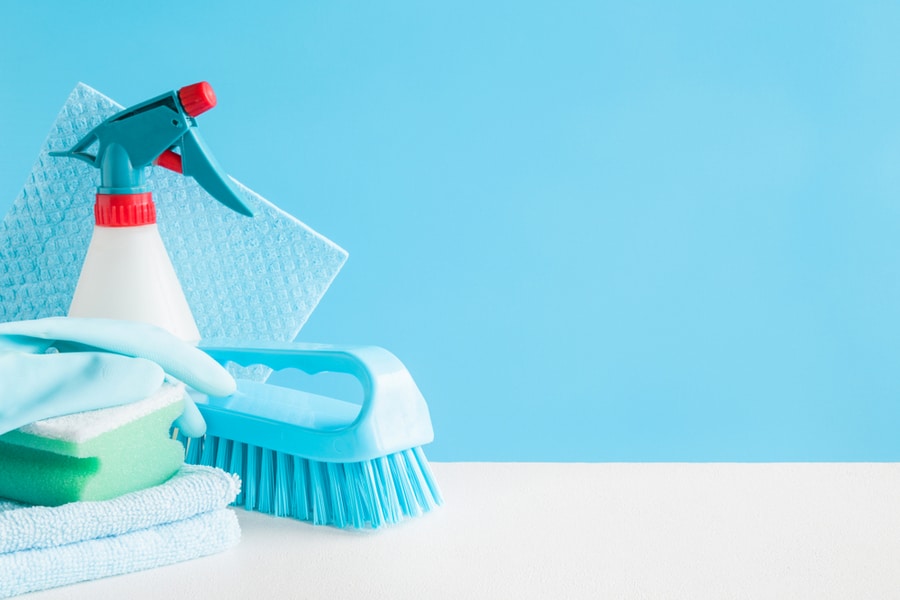
It would be best if you had something that would break down the surface of the mold so that it can be scraped off easily. You want something that can dig into the mold’s surface and break it down.
A knife or a spoon might work, but they won’t get into corners well enough without causing damage or leaving residue behind.
Get a damp cloth or sponge. You’ll also need some scraper or brush to remove debris after removing the moldy surface material.
An absorbent pad will be helpful. Ensure you have your desired mold killer and protective equipment like gloves, masks, and plastic shoes.
3. Wipe Out the Mold and the Nearby Areas

Wipe out as much mold as possible with a clean sponge or cloth. If there are any small pieces of drywall or plaster attached to the wall, remove them as well.
Use a very wet sponge or cloth to wipe away any excess water from the mold, then dry off the area with paper towels or a cloth towel. Use a damp cloth or sponge to remove any dirt and debris from the area you want to clean.
You’ll want to wipe over the entire wall so that any mold spores will be removed. If a section was missed, you could use a damp cloth or sponge to wipe it off.
Use a dusting spray or dust mop on hardwood floors or other smooth surfaces near where you plan to remove mold from walls.
Dust mops work well because they allow you to easily reach corners without bending over too much.
If you have carpeting in your home, use a soft brush instead.
4. Use an Absorbent Pad To Clean Stubborn Stains

Use an absorbent pad to soak up any excess water from the wall after you wipe it.
Let this sit for about 5 minutes before wiping it away with an old rag or towel dampened with vinegar and water.
This will help eliminate some stubborn stains left behind by mold spores.
5. Ensure There Are No Signs of Water Damage
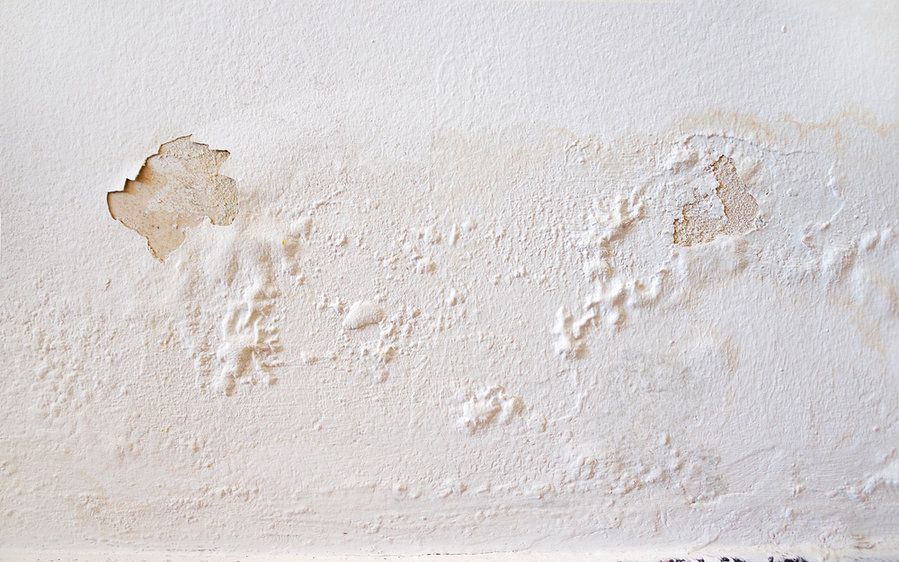
It’s important to ensure there are signs of water damage before you begin. You may not see any visible mold growth, but it can still be present.
Start by checking for visible signs of water damage. If you find any evidence of water damage, seal off the area with tape and remove anything that might cause further moisture damage.
You’ll also want to look at any cracks or holes in the drywall or ceiling tiles. If they are large enough to allow water, fill them with caulk or other materials to keep moisture out.
6. Use a Dehumidifier

This removes excess moisture and can help eliminate the mold spores that may be causing the problem. The easiest way to do this is by using a dehumidifier.
These small machines use electricity and cold air to remove moisture from the air. You can purchase a portable model, plug it in when needed, and then unplug it when you’re done using it.
Larger models can be installed into an electrical outlet in your home if you want more control over how much humidity is removed from the air during use.
7. Apply Your Mold-Killing Product
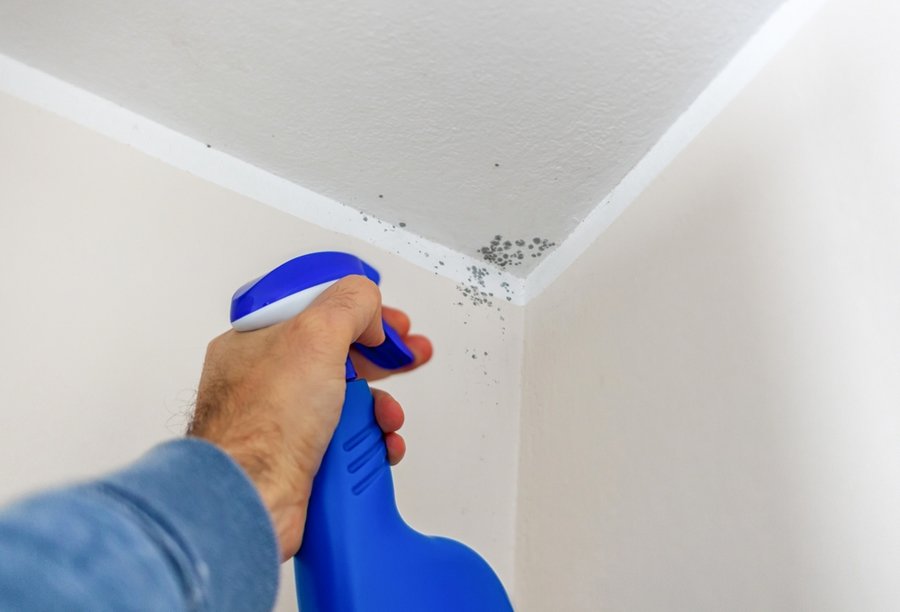
Once you have removed the mold, you can apply your mold-killing product. Use a broom or push broom to sweep up any debris that may have fallen onto the surface of your floor.
Spray or pour a small amount of anti-mold product onto the affected area. Repeat this process until the affected areas are covered in an anti-mold solution.
Allow this great mixture to sit for at least 15 minutes before scrubbing it and wiping it away with a clean cloth or paper towel.
- Use a mask if you must be in contact with moldy areas.
- Always wear gloves and rubber or plastic shoes while handling moldy items.
- Don’t make things worse by breathing in mold spores.
- Avoid using bleach because it can damage some materials and harm the environment.
If you’re using bleach or other disinfectant product on your moldy walls, ensure to ventilate the area properly before you start working.
Otherwise, you could experience serious respiratory problems like asthma attacks or even death if you inhale harmful chemicals while cleaning up moldy materials.
8. Scrub the Inside Surface of the Walls and Rinse

This will loosen any residue that may have built up over time and remove any dirt and grime clinging to the wall.
Once you’ve cleaned the walls, rinse them thoroughly with a clean stream of water.
Doing this twice before moving on to your next step would be best.
9. Let the Cleaned Walls Dry Completely
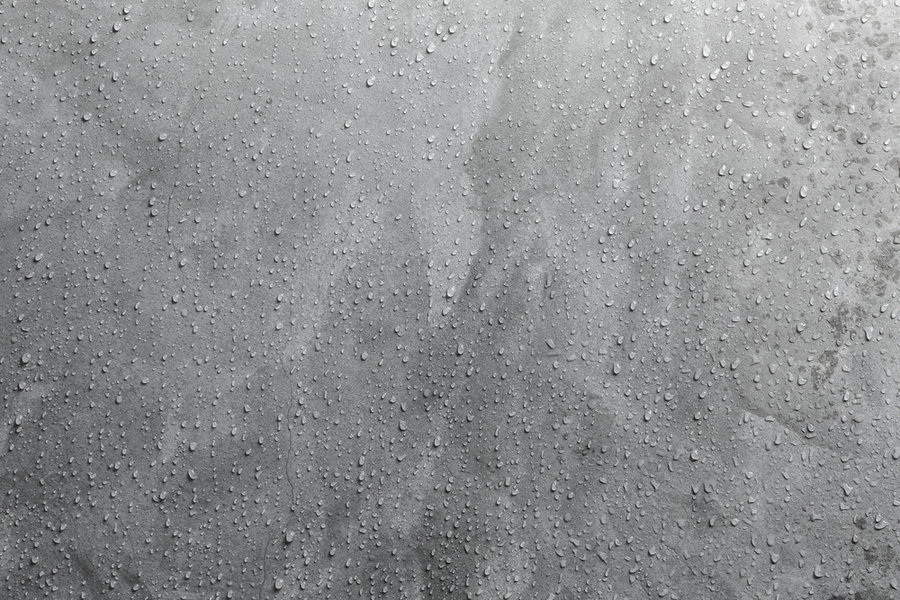
The other step to remove mold from inside walls is to allow them to dry completely.
Mold can grow quickly in warm, moist environments, so the area must be completely dry before wiping it down with a damp rag or sponge.
If there are areas where moisture has collected, such as window frames, allow them to air dry completely before proceeding.
10. Seal the Walls
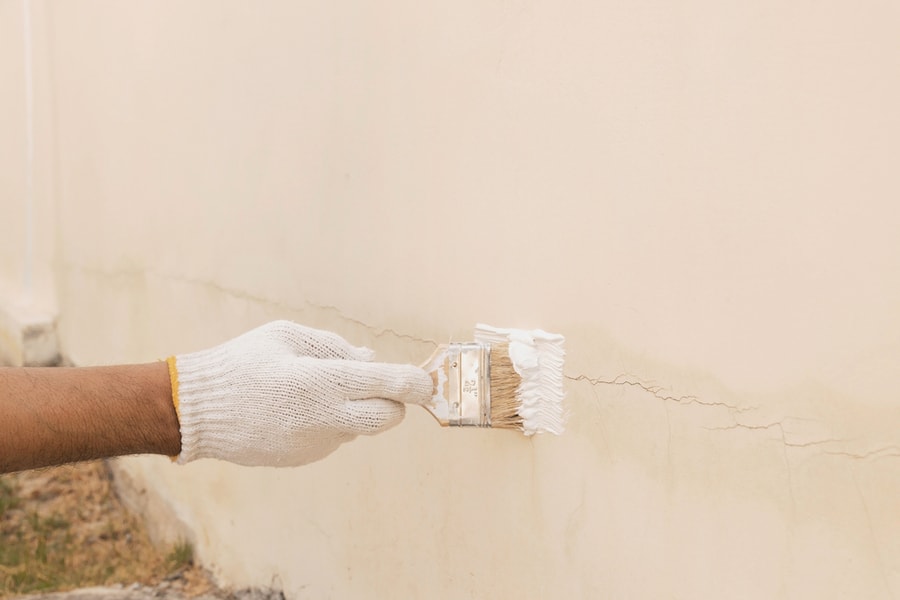
To stop mold growth from happening, you need to ensure that there aren’t any openings for air or moisture to get into your home. Sealing all cracks and holes around doors, windows, and ventilation systems would be best.
Sealing is also important because it will prevent the future growth of mold spores by preventing them from getting into cracks or crevices where they can produce more spores.
If you want to keep it simple, use caulk or duct tape around all open spaces in the wall where water can enter or where air can get in through gaps in the paint.
Conclusion
You can’t change what’s already growing in your house, but if you know enough to do the following things, you may be able to make your home more resistant to mold and mildew.
Use an absorbent pad to clean stubborn stains, apply your mold-killing product and rinse the walls to dry completely.
How many people have mold inside their houses due to a leak or sudden climate change is unknown.
For a relatively inexpensive cost, you can use this article’s 10 easy steps to remove mold from inside walls.
Frequently Asked Questions
What Is the Fastest Way To Remove Mold From Walls?
The fastest way to remove mold from walls is with vinegar and water. The vinegar will eliminate the mold and help prevent any future growth.
It would be best if you tried to do this as soon as possible so that you don’t end up with mold on other surfaces in your home.
How Do You Remove Mold From Painted Walls?
If you have painted walls, you may have noticed that they are getting slightly dirty, and this is because of the mold that can grow in them.
A good scrubbing brush and some elbow grease is the best way to remove mold from painted walls. You must go over the walls in small sections, scrubbing the mold with your brush and then wiping it away with paper towels.
This will take a long time, but it will be worth it because your walls will be clean again!

